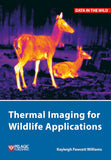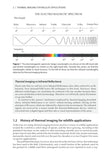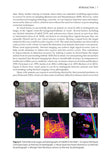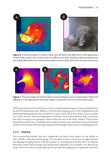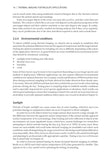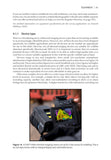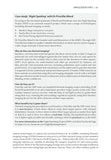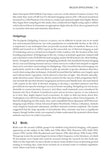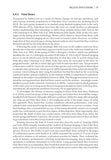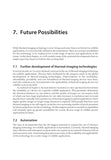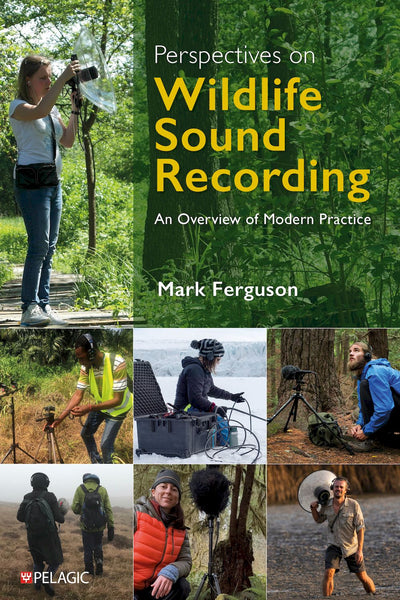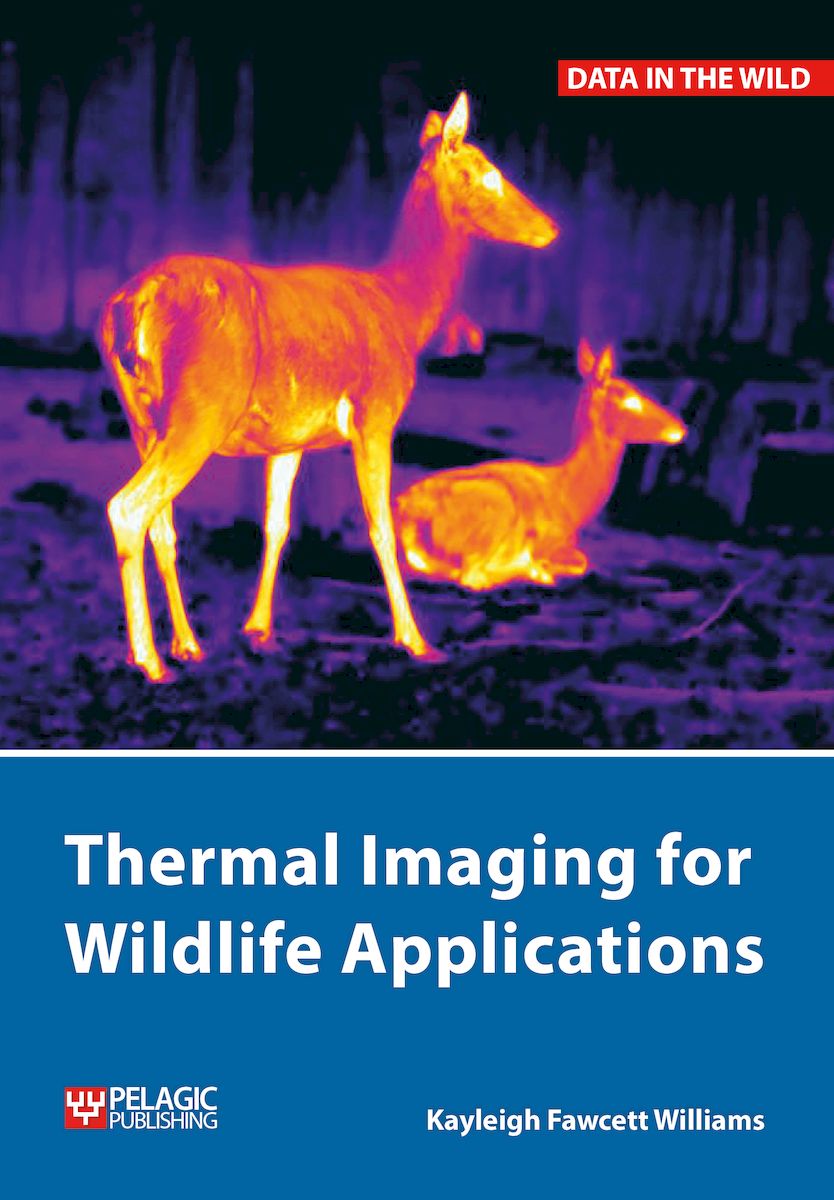
Thermal Imaging for Wildlife Applications
- A comprehensive handbook on the fundamentals, methods and application of this technology.
- Augmented throughout with tips from the author's years of practical experience.
- Specific sections focus on terrestrial mammals, bats, marine mammals and birds.
- A timely, well researched and important publication in the fast-emerging field of thermal imaging for wildlife.
—Dr Lia Gilmour, Bat Conservation Trust
- conservation
- ecology
- imaging
- wildlife
Description
Thermal imaging is an exciting technology that can be applied as a powerful tool in a growing number of wildlife research, ecology and management applications. It allows us to see things that have been difficult or even impossible to detect using conventional methods, opening a window onto the worlds of cryptic, nocturnal, secretive and otherwise challenging species. This can offer a range of benefits such as increased accuracy, reduced costs, better efficiency and improvements to health and safety conditions. Yet the relevant information is often largely inaccessible to most wildlife professionals.
Thermal Imaging for Wildlife Applications brings together key findings from academic research and applied field protocols, along with the author’s wealth of practical experience, to inform and guide the reader in an approachable and understandable format. This comprehensive handbook includes chapters covering fundamentals of the technology, methods, equipment and detailed discussion of application types, as well as specific sections that focus on terrestrial mammals, bats, marine mammals and birds.
The final chapter explores some of the many potential future uses of thermal imaging, before thorough references and a list of resources ensure that this will be the standard work on the subject for years to come.
DOI: 10.53061/IPTU9371
Readership
Students, scientists, ecologists, educators, wildlife professionalsTable of Contents
Contents
List of Figures
Preface
Acknowledgements
1. Introduction
1.1 How it works
1.2 History of thermal imaging for wildlife applications
1.3 Advantages of using thermal imaging
1.4 Challenges and limitations of thermal imaging
2. Foundations
2.1 Setting the thermal scene
2.2 Detectability
3. Methods
3.1 Operations workflow
3.2 Levels of use
3.3 Deployment methods
3.4 Combining techniques
3.5 Expertise requirements
4. Equipment
4.1 Important specifications for device selection
4.2 Accessories
4.3 Calibration
5. Application Types
5.1 Detection, classification and counting
5.2 Human–wildlife interactions
5.3 Behavioural studies
5.4 Health and rehabilitation
5.5 Thermoregulation, thermal biology and thermal ecology
5.6 Communication, education and awareness
6. Wildlife Applications
6.1 Mammals
6.2 Birds
6.3 Bats
6.4 Marine mammals
7. Future Possibilities
7.1 Further development of thermal-imaging technologies
7.2 Automation
7.3 Data storage and handling
7.4 Sustainability
Appendix
Tables
Resources
Supplier Directory
References
Index
Reviews
- This book combines technical explanations of the technology, Kayleigh's expert knowledge in the field and an extensive literature review. It makes for a fascinating and insightful read for anyone working with, or considering working with thermal imaging.
—Nils Bouillard, bat ecologist - This book is full of useful information and helps to break down the mysteries of thermal imaging whilst enabling the reader to have a greater understanding of the importance of selecting the right equipment for the job at hand based on specification and not just budget. Kayleigh is a pioneer in the use of this equipment for commercial ecology applications and her insights teamed with a guide to further resources helps to fill a frequent knowledge gap for those working in this sector.
—Annika Binet, MCIEEM, ecological consultant and bat specialist ecologist - A timely, well researched and important publication in the fast-emerging field of thermal imaging for wildlife. This guide takes you on a journey from the very basics of imaging wildlife using thermal radiation, right through to a detailed look at specialist methods and the skills you will need to count, study and/or understand animals in their environments. If you want to learn about thermal imaging for wildlife, you are in safe hands with Fawcett Williams and this guide.
—Dr Lia Gilmour, Bat Conservation Trust - I found the book delightful, engaging, informative, and an overall wonderful reference. It would be of interest to anyone who is either considering, or ready to begin using thermal imaging technology. It's not only a unique resource on the subject, but an impressive technical reference, which one can come back to again, and again.
—Al Milano, Bat Detecting Blog - A comprehensive guide to the use of thermography in animal research... Essentially, this is a technical book for someone who is considering thermal imaging in their research programme and is planning their work with animals that are difficult to find with conventional surveys. However, this book is also useful for those who wish to use their equipment more effectively and for those naturalists who want an accessible insight into the world of thermal imaging.
—David Skydmore, BNA News Bulletin - The author has successfully and concisely summarised all the latest knowledge into a valuable and easily understood publication that will no doubt increase the uptake of this technology. A highly recommended read.
—Clive Herbert, London Naturalist Newsletter - This book will be useful for those starting out on the use of thermal imaging for the study of wildlife... [there is] a gold mine of information and data.
—Richard Sale, IBIS
About the Author
Kayleigh Fawcett Williams is a wildlife ecologist and thermographer with a PhD in bat bioacoustics. She has worked in academic, consulting and volunteer sectors, and her career with wildlife has brought her into contact with a diverse range of species around the world. She now shares her expertise through training, consulting and support work at Wildlifetek.Bibliographic Information
 176 pages
176 pages - 19 figures
- 6 tables
- BISAC TEC015000, NAT011000, NAT037000
- BIC TTBM, WNC, RNKH






